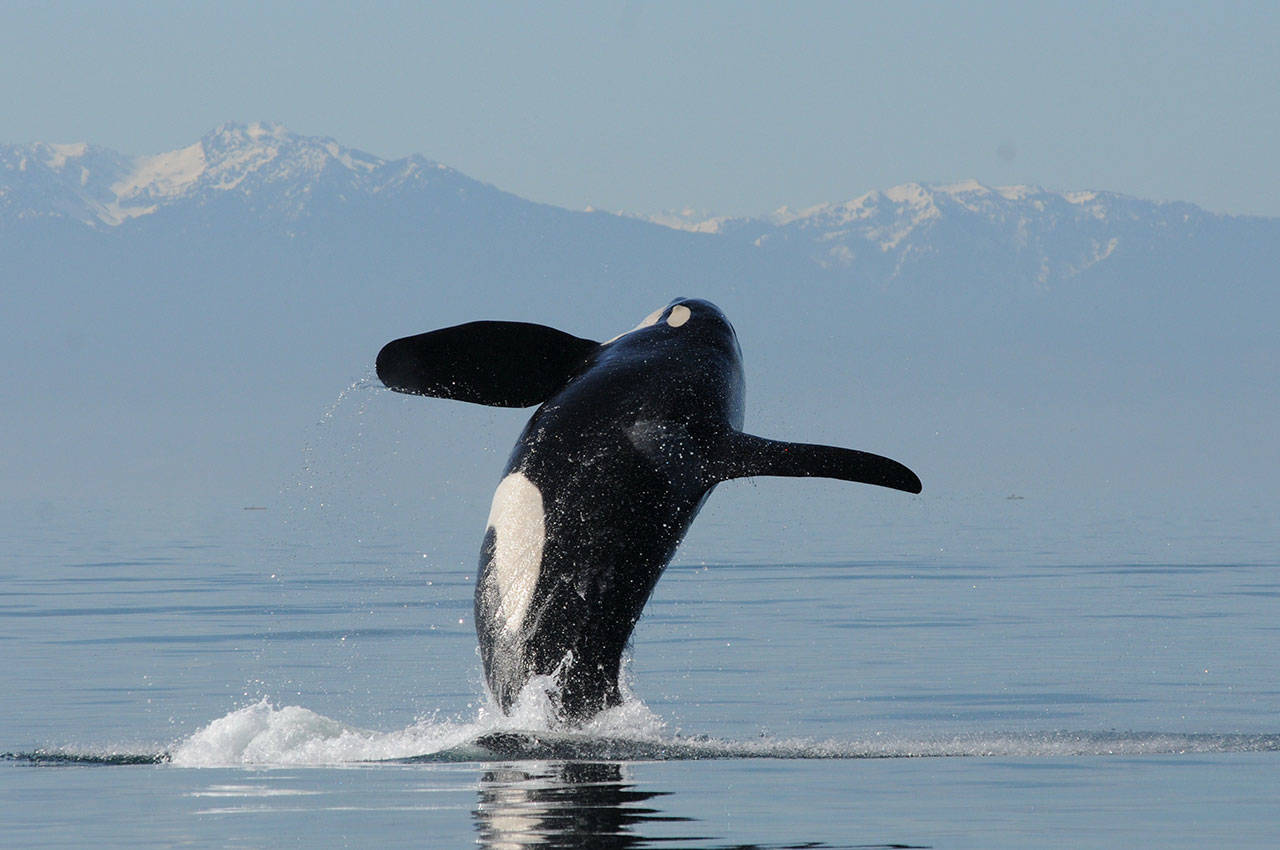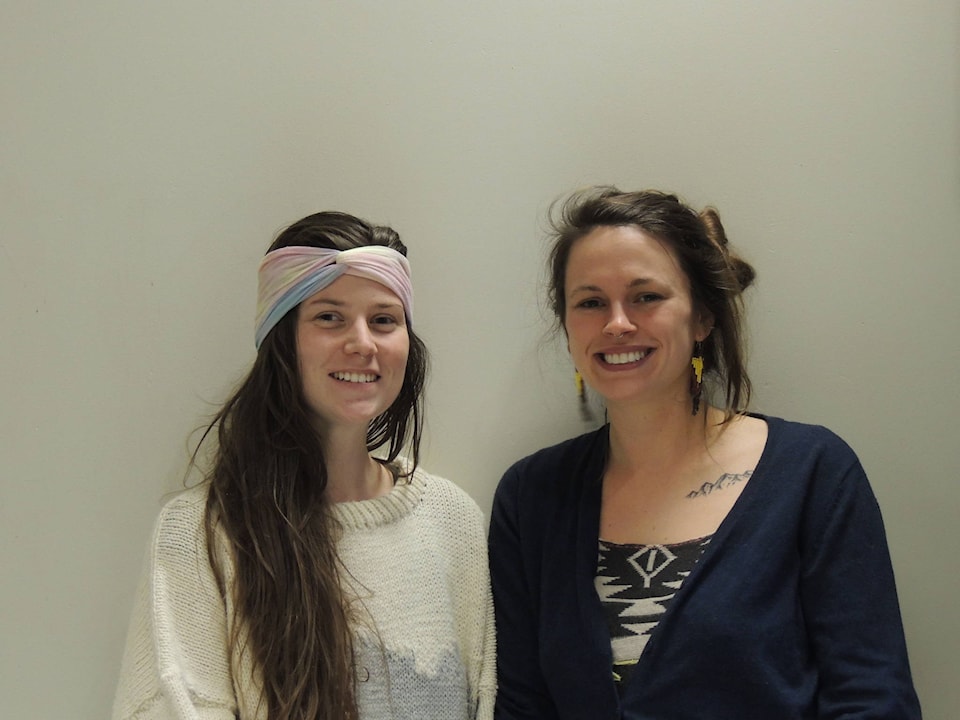Orcas are an iconic species that ply the waters on the west coast. What you may not know is that there are in fact three groups: residents, transients, and off shore. They are different in what they eat and how they socialize.
The southern resident orcas are the most social and eat fish primarily. Resident whales in BC waters have reached their lowest numbers in over 30 years. With only 74 orcas left, the species has been on the endangered list since 2003. The population took a big hit last summer with a total of three deaths. Scientists, as well as concerned citizens hope this won’t be a continuing trend.
As orcas are sensitive to their surrounding environment, many combining factors could have led to their declining population. Low prey availability as well as the big ships affecting their habitat are thought to be their biggest threats.
They feed a lot on Chinook salmon. Chinook salmon are a threatened species in some runs on the BC coast. They have been overfished, their habitats are being lost, and dams are altering their migration patterns.
Orcas range from central California up to southeastern Alaska, an area that experiences a heavy concentration of vessel traffic causing the waters to be noisy and disturbed. Orcas use echolocation to communicate within their pods and it is especially useful in order to hunt and forage for food.
Studies have shown that noise coming from vessels, from kayaks up to large commercial vessels, can affect foraging patterns for several hours per day and even cause some orcas to avoid altogether areas that have high traffic. With the orcas’ main food source being threatened and their living environment now busy and loud, it is clear something needs to be done to protect the species.
An orca mother was observed carrying her deceased calf in an act of grievance for 17 days this summer, and it is being seen as a wakeup call for people to the vulnerable status of her and her fellow resident orcas. In order to mitigate the situation and to ensure the orcas and the Chinook salmon are protected, an emergency order under the Species at Risk Act was requested by six groups including the David Suzuki Foundation.
So what is being done? Earlier this year the government cut the chinook salmon allowable catch by up to 35 percent in hopes of restoring the population to a sustainable number and make more available to killer whales.
New regulations for whale watching were also put into place to lessen stress on the orcas. The new rules increase the buffer zone between vessels and whales from 100 to 200 meters. Organizations such as the Raincoast Conservation Foundation are asking for even further legislation on fishing and whale watching.
Raincoast wants an outright ban on any whale watching of the southern residents, as well as a closure of all marine-based commercial and sport chinook fisheries. The government has pledged $167 million over five years to support research, enforcement, and education, and the department of Fisheries and Oceans Canada, with collaboration from First Nations, has pledged $9.7 million to restore chinook habitat across BC.
As the orca is one of the true spirits of the coast, they need to be protected. With the appropriate financial support towards conservation and restoration, as well as the backing from organizations and people around the world, hopefully we are going a step, or swim, in the right direction.
Shannon Werden and Quinn Harris are second year students in the recreation, fish, and wildlife program at Selkirk College in Castlegar.

